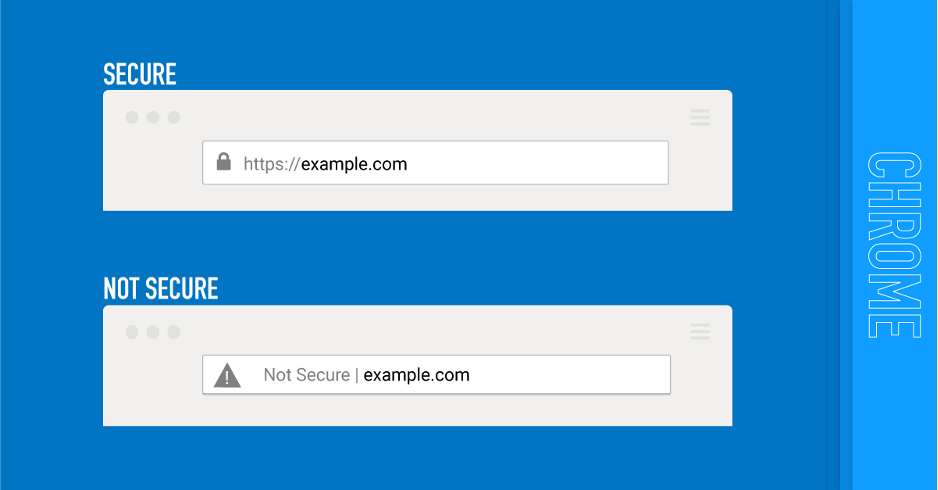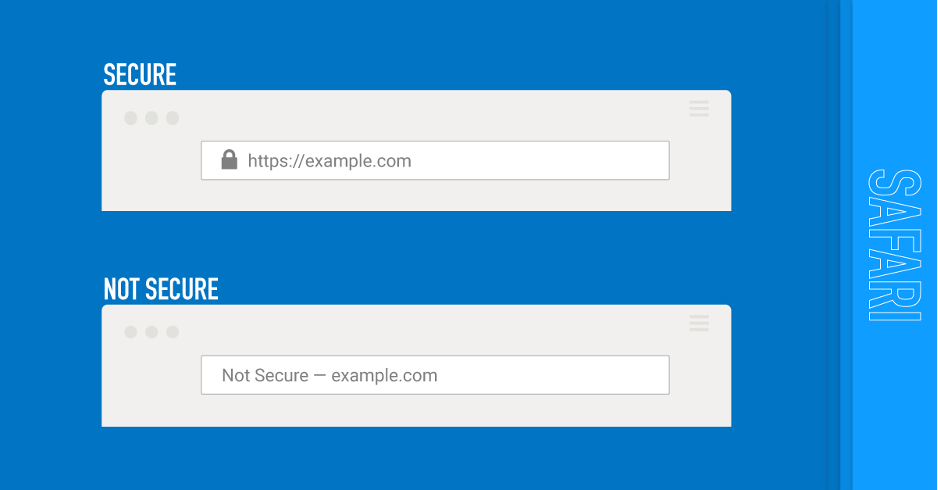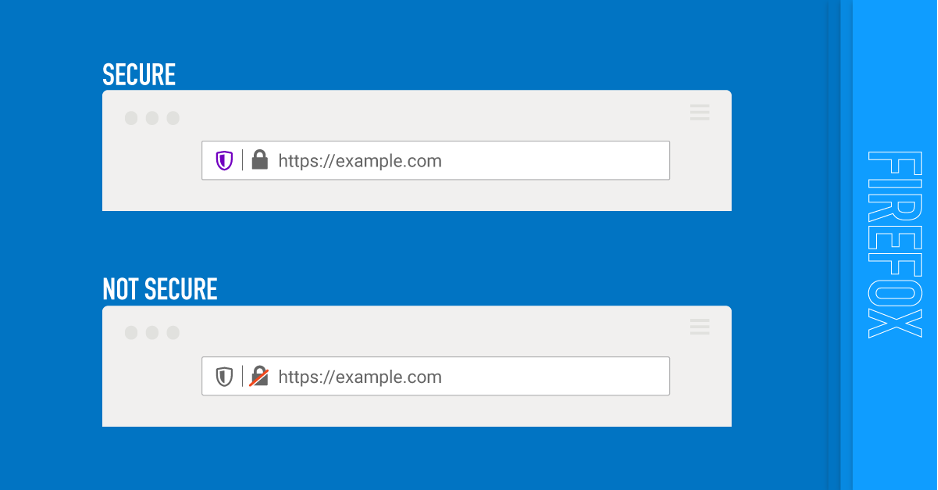How Do You Best Read or Open a Site That's Not Https
Seeing a "Non Secure" Warning in Chrome? Here's Why and What to Do about It

Last updated: August 2021
Version 68 of the Google Chrome browser introduced a new "Non Secure" alert in the address bar that appears any time you are visiting an insecure web page. The latest version of Chrome also has a popup when yous click the message that explains, "your connection to this site is not secure" and a warning about not entering whatever sensitive information on the site.
The "Non Secure" warning means there is a lack of security for the connection to that page. It's alerting you lot that data sent and received with that folio is unprotected and it could potentially be stolen, read or modified by attackers, hackers and entities with admission to internet infrastructure (like Internet Service Providers (ISPs) and governments). The "Non Secure" warning does not mean that your calculator or the site you are visiting is affected by malware. It simply serves to alert yous that you do non accept a secure connection with that page.
Website owners have a responsibleness to secure their site, and although site visitors cannot change a "Not Secure" warning, they can request that site owners implement security measures. This article will encompass what is backside the "Non Secure" warning and what site owners and visitors tin can practise to set up it.
First, annotation that the warning appears differently in different browsers. Here'due south what the "Not Secure" sign looks like in Chrome, Safari and Firefox.
"Not Secure" alert in Chrome:

"Not Secure" warning in Safari:

"Not Secure" alarm in Firefox:

HTTP → "Not Secure," HTTPS → "Secure"
Unsecure websites display the "Not Secure" warning which appears on all pages using the HTTP protocol, because it is incapable of providing a secure connectedness. Historically, this had been the primary protocol used for internet communication.
Over the concluding several years, websites have been transitioning to HTTPS — the S stands for "secure" — which does provide encryption and authentication and is used by millions of websites including Google, Facebook and Amazon, to protect your information while browsing, logging in and making purchases.
Note that some websites may merely support secure HTTPS connections on some pages, but non all; in these cases, yous may see the "Non Secure" warning on only the insecure pages.
If you're a visitor or an owner/operator of a website using HTTP and seeing this warning, here'due south what you tin practise.
For website owners/administrators
The "Not Secure" warning is beingness displayed on any page served over HTTP, which is an insecure protocol. If y'all are seeing this warning on a site you own or operate, y'all should resolve it by enabling the HTTPS protocol for your site.
HTTPS uses the TLS/SSL protocol to provide a secure connection, which is both encrypted and authenticated. Using HTTPS requires that you obtain a TLS/SSL certificate(s), and and then you lot can install that document and enable the HTTPS protocol on your web server.
If y'all are the technical administrator or developer for your site, you should begin by assessing if you currently have whatsoever support for HTTPS. Some sites have partial back up, meaning they have deployed HTTPS to some parts of the site, or have non chosen to serve the site via HTTPS past default. If either is the case, await into what steps need to be taken to deploy HTTPS across your entire site and past default. Our guide to configuring HTTPS Everywhere will aid you get started.
If you do non have HTTPS deployed at all, commencement past reading our guide on how to cull the right type of tls/ssl certificate to aid you effigy out which TLS document you need. Your needs will vary depending on how many domain names you operate and if you want your business to be validated for additional user trust. Then review our guide to HTTPS Everywhere to understand the steps you need to have to support HTTPS by default.
All major web browsers — including Google Chrome, Mozilla Firefox, Microsoft Edge and Apple Safari — have a user interface that will warn users about insecure pages, and then it is important to support HTTPS both for the security benefits and for the optimal user experience. In addition, many new web technologies require HTTPS, and some of these can improve functioning on your website.
For website visitors
The reason you are seeing the "Not Secure" alarm is because the spider web page or website you are visiting is not providing an encrypted connection. When your Chrome browser connects to a website it can either use the HTTP (insecure) or HTTPS (secure).
Any page providing an HTTP connection volition cause the "Not Secure" alarm. Yous should avert conducting any sensitive transactions on these pages, including logging in or providing personal or payment information. Browsing insecure sites could as well put y'all at take chances if y'all are viewing information that is unsafe or not condoned in your country.
As a visitor, you cannot fix the cause of this warning. The merely mode to solve the issue is for the website operator to obtain a TLS document and enable HTTPS on their site. This will allow your browser to connect securely with the HTTPS protocol, which it will practise automatically once the website is properly configured.
If a site you frequently use is displaying the "Non Secure" warning, you should contact them and enquire them to kickoff supporting HTTPS. You can also try manually replacing HTTP with HTTPS in the URL, as some sites may have partial support for HTTPS simply don't offer information technology by default.
Note that even with basic browsing over HTTP — such every bit looking at recipes or reading news — what you are looking at tin be monitored, modified and recorded by entities, such as your Internet service provider or regime. This effectively ways yous practise non have whatever privacy when browsing such pages. On public Wi-Fi networks, like at a java shop or airport, there is an additional take a chance from local attackers — other computers on that network — which are able to view and monitor the pages you are looking at, the information you are sending them and what you are searching for.
UP NEXT

three Surprising Uses of PKI in Large Companies and How to Ensure They Are all Secure
4 MIN READ
Source: https://www.digicert.com/blog/not-secure-warning-what-to-do
0 Response to "How Do You Best Read or Open a Site That's Not Https"
Post a Comment